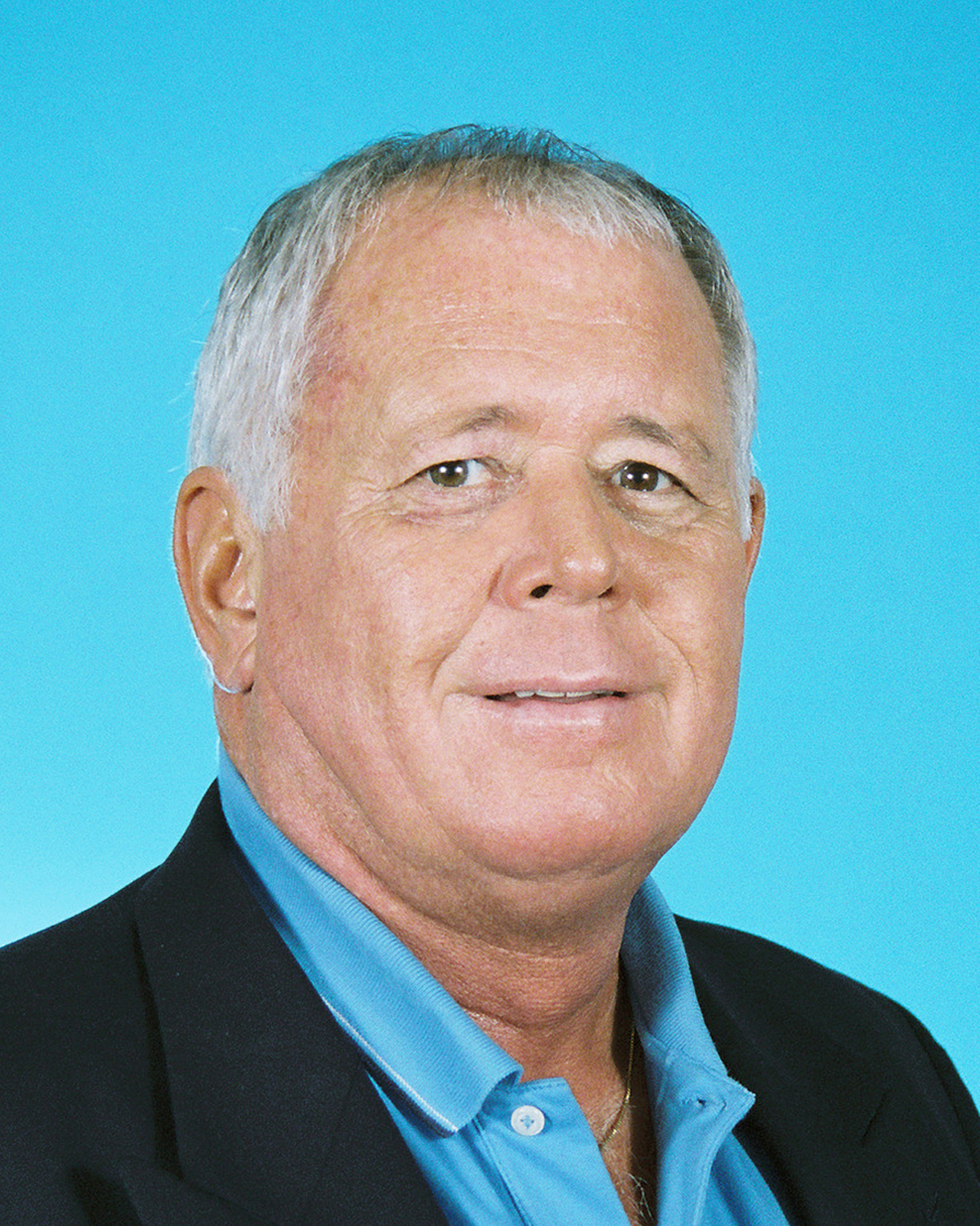|
|
|
Monday, July 7th, 2008
Image credit: eschu1952
Creating and sustaining a culture of innovation isn’t easy in the best of times, but what do you do when ‘best’ is a distant memory and the times are well on their way to ‘worst’?
According to Wall Street “wisdom” you throw your strategy out the window, cut your staff beyond the bone and focus on now—since even a quarter is too long-term.
 The Wall Street approach is to pull in your head and limbs like a turtle and spend as little as possible—and that means getting rid of people. The Wall Street approach is to pull in your head and limbs like a turtle and spend as little as possible—and that means getting rid of people.
But not so fast. Statistics show what any employee can tell you, including the ones who aren’t directly affected, that layoffs don’t motivate.
According to Think Before You Fire in Business Week,
“For companies, layoffs are a quick, albeit unpleasant, way to trim costs, right? Not necessarily. A recent study of 200 enterprises found that even a modest downsizing can unleash an exodus of valuable employees. For instance, companies that laid off 0.5% of their staff experienced, on average, a turnover rate of 13%—compared with an average turnover rate of 10.4% at companies that didn’t do layoffs. (Academy of Management Journal)”
And that additional 2.6% of turnover are rarely the folks you’d choose to lose.
Way back in 2001, when thousands were being laid off, Frederick Reichheld, author of The Loyalty Factor (1996) and Loyalty Rules! (2001) showed in carefully researched studies that a 5% improvement in employee retention translates to a 25%-100% gain in earnings.
So what are the advantages of layoffs?
They take the least creative effort from management and Wall Street approves.
Keeping your people and juicing innovation and productivity when times are tough takes work—lots of it.
Which are you choosing?
Posted in Business info, Culture, Motivation, Retention | No Comments »
Thursday, June 26th, 2008
Image credit: duchesssa
Don’t you love it when experts and powers-that-be formally study and recognize what the rest of us could have told them—namely that constant interruptions ruin productivity.
Remember years ago when that guy in the next cubicle talked too loudly on the phone, constantly got up for coffee or whatever, popped his head over the cubicle wall (or stuck his head in the office) comment/question and was generally distracting?
The interruptions are still happening, only now they’re in the form of email, instant messaging, texting, twittering and other digital annoyances.
A story in the NY Times tells us that the “biggest technology firms, including Microsoft, Intel, Google and I.B.M., are banding together to fight information overload.”
Did you know that “A typical information worker who sits at a computer all day turns to his e-mail program more than 50 times and uses instant messaging 77 times… on average the worker also stops at 40 Web sites over the course of the day…”
So what’s the tab for the unnecessary interruptions? Is it really high enough to warrant the founding of a non-profit group created specifically to combat it?
I guess that depends on whether $650 billion a year gets your attention.
What’s your/your company’s share of that number?
Posted in Business info, Communication, Retention | No Comments »
Monday, June 16th, 2008
Image credit: Sameen
 A post on Yielding Wealth asking readers how they defined ‘wealthy’ reminded me of a post I wrote year ago about executive pay, which included having your taxes paid on various perks, and even on compensation. A post on Yielding Wealth asking readers how they defined ‘wealthy’ reminded me of a post I wrote year ago about executive pay, which included having your taxes paid on various perks, and even on compensation.
But the “golden coffins” being made public due to a rule change 18 months ago really blow me away.
This isn’t about life insurance; it’s about really big bucks if they happen to die while still in office. How big?
“Eugene Isenberg, the 78-year-old chief executive of Nabors Industries Ltd… If Mr. Isenberg died tomorrow, Nabors would owe his estate a “severance” payment of at least $263.6 million, company filings show. That’s more than the first-quarter earnings at the Houston oil-service company.”
At 78 there’s a good chance he’ll collect, too.
And then there’s the death-related non-compete clause.
“The CEO of Shaw Group Inc. is in line to be paid $17 million for not competing with the engineering and construction company after he dies.”
We all know that the pay-for-performance principle often doesn’t hold true, but death benefits have to be the ultimate nose-thumbing on that subject.
Shareholders are in revolt and have forced Comcast to scrap its plan to pay the 88-year-old chairman of its executive committee his $2 million annual salary for five years after his death.
In addition to hard cash, stock options are subject to accelerated (read: immediate) vesting resulting in yet more money upon death.
Certainly sounds like a good motive for a murder mystery—unless you’re a shareholder.
Read the article and you tell me, are death benefits fair?
Posted in Business info, Compensation, Retention, Stock Options | 4 Comments »
Tuesday, June 10th, 2008
 When the economy slows, it’s easy to ignore retention factors because management kids itself into believing that replacing people is no big deal. When the economy slows, it’s easy to ignore retention factors because management kids itself into believing that replacing people is no big deal.
But slow as it’s happening, the times they are a’chnging.
At least here and there, in companies that really understand the importance of attracting and retaining scarce talent.
“To reduce “female brain drain,” global companies such as Ernst & Young, Goldman Sachs, Booz Allen Hamilton, Hewlett-Packard, Best Buy and dozens of others are increasingly offering a variety of flexible work options.”
Don’t get me wrong. These companies aren’t doing it out of the goodness of their corporate heart or caring social consciousness, they’re doing it because it makes financial sense, AKA, vested self-interest.
“Business analysts and executives say talent retention and the forces of demography are the chief reasons large, traditional companies accommodate the needs of female employees. Fifty-eight percent of college graduates are women, and nearly half of all professional and graduate degrees are earned by women…the number of women with graduate and professional degrees will grow by 16 percent over the next decade compared with an increase of only 1.3 percent among men.”
Many small companies are in the forefront, although they skip the language and the programs are more informal—that’s why they’re so often described as “being like a family.”
And although the work-life trend started with, and is being driven by women, the guys want it, too, as do the Millennials.
The economy will turn around—it always does; more Boomers will retire; talent will be scarcer and the companies that already know how to offer balance will have an enormous recruiting edge.
How does your company handle work-life issues?
Image credit: mjamesno
Posted in Business info, Culture, Hiring, Motivation, Retention | No Comments »
Thursday, May 29th, 2008
Image credit: seriykotik1970
We all know that legality and ethics don’t go hand in hand, but when (generally accepted) unethical actions go from legal to illegal companies can be slow to change direction.
 Example: Siemens. But first, some background. Example: Siemens. But first, some background.
In 1998 Germany criminalized bribery of foreign officials, but prior to that it was fairly common practice, especially on large infrastructure projects where Siemens is a big player.
The investigation that started in 2006 is just now coming to trial with prosecutors planning on charging some 300 people.
Did the brass know? Seems likely since “managers carefully signed Post-it notes that had been affixed to potentially incriminating documents so that they might later peel away evidence of their imprimatur if necessary.”
The prosecution’s effort is aimed well beyond Siemens, “This trial is going to create a new sensibility in Germany,” said Anton Winkler, a senior prosecutor in Munich. “Not only this trial but the entire Siemens investigation. The message has arrived in all German companies.”
In case you don’t read the whole article it’s only fair to mention that “Siemens has hired its own legal and financial investigators, who have identified 1.3 billion euros ($2.1 billion) in suspicious payments that may have been used to win contracts around the world. (Whether in euros or dollars that ain’t hay!) Siemens also hired Michael Hershman, a co-founder of the prominent watchdog group Transparency International, to fashion a system for training employees in compliance with anticorruption laws.”
OK, they’re finally getting it—a decade late, but better late than never. “To be fair, Siemens is setting a pretty good example that other companies could learn from,” said Mark Pieth, a professor of criminology at the University of Basel and the head of antibribery efforts at the Organization for Economic Cooperation and Development, based in Paris.”
Bribery has been illegal in the US far longer, yet companies still do it.
Will this make a difference? What do you think?
Posted in Business info, Culture, Leadership | No Comments »
Wednesday, May 14th, 2008
Image credit: highcontext

Don’t miss my other WW: commentary on life
Posted in Wordless Wednesday | 2 Comments »
Monday, April 14th, 2008
Image credit:Ken Meador
If you have a soapbox you’ll understand the thrill that comes from finding others who have the same one.
My soapbox is corporate culture and those who walk their talk (AKA practice what they preach) and I just read about another guy ensconced on that box.
 His name is Ken Meador and his company is $14 million/ 52 employee TWR Lighting Inc. His name is Ken Meador and his company is $14 million/ 52 employee TWR Lighting Inc.
To start with, he agrees with a passionate belief I’ve pushed for more than two decades—having everyone in the company involved in interviewing candidates.
“It educates people about how to interview. Eventually, they are going to grow up and take over positions, and they need to go through this process for professional reasons. It also gives them a sense of ownership. They know that they are empowered and that their opinion means something.”
Yes!
Authority and responsibility go hand in hand.
“I’m a firm believer in explaining to people what my expectation is. How they do that and how they utilize their resources with other people to achieve that expectation, that’s part of learning and becoming more self-reliant. That’s part of empowering them. When I don’t tell them how to do that, I’m allowing them to work at their own pace and to really think outside the box on their own. That’s what creates really influential employees who learn from their mistakes and move on.”
Yes!
Secrets kill culture; everyone in the company should know the good, the bad and the ugly.
“How you create that culture comes down to beating a steady drum, creating openness and having candor. I’m not afraid to discuss problems with my employees any more than I’m glad to give them the good news.”
Yes!
I’ve preached this ’till I’m blue in the face and some still don’t get it.
“I manage a lot by walking around…That familiarity helps level the playing field…Anything that will help build camaraderie and an openness so that they know my door is always open for them and, even as president, they can come talk directly to me if they so desire.”
Yes!
Finally, a public declaration of both business and cultural mission with one line that really stands out.
“How we accomplish our mission is as important as the mission itself.”
Now the big question—does all this culture and empowering stuff pay off?
Seems like it—revenues increased $4.5 million between 2004 and 2006 among other things.
Want to hear more direct from the horses mouth? Ken shared some of his thoughts on TWR and business over at Leadership Turn today and agreed to share more of his MAP (mindset, attitude, philosophy™) in the future here as his time permits, so stay tuned.
What does your corporate culture soapbox look like?
Posted in Business info, Communication, Culture, Hiring, Leadership, Retention | 1 Comment »
Monday, April 7th, 2008
Image credit: laughlin
 There’s a lot content out there right now on how to recession-proof your company. Most of the advice is good and much of it is similar, but… There’s a lot content out there right now on how to recession-proof your company. Most of the advice is good and much of it is similar, but…
Yeah, you knew there’d be a ‘but’.
It all revolves around stuff that should have been happening all along under the categories of good business practices, long-term strategy and positive corporate culture and driven in part by the historically taught lessons that business is cyclical and what goes up must come down.
Companies are being told to focus on innovation and superb customer service, among others, but neither is a turnkey system that can be ordered and installed.
When done suddenly, these actions may come over as panicky when you need them to reek of authenticity.
I’m not saying don’t do them, but be aware that if you just slap them on the surface with no preparation and expect them to work they’re unlikely to produce the results you want.
So this week I thought we’d talk about how to implement the ones most likely to move you forward—that way your company will do more than just survive, it’ll thrive.
Posted in Business info, Communication, Culture, Leadership, Motivation | No Comments »
|
 Subscribe to
Subscribe to
MAPping Company Success
About Miki 
Clarify your exec summary, website, etc.
Have a quick question or just want to chat? Feel free to write or call me at 360.335.8054
The 12 Ingredients of a Fillable Req
CheatSheet for InterviewERS
CheatSheet for InterviewEEs™
Give your mind a rest. Here are 4 quick ways to get rid of kinks, break a logjam or juice your creativity!
Creative mousing
Bubblewrap!
Animal innovation
Brain teaser
The latest disaster is here at home; donate to the East Coast recovery efforts now!
Text REDCROSS to 90999 to make a $10 donation or call 00.733.2767. $10 really really does make a difference and you'll never miss it.
And always donate what you can whenever you can
The following accept cash and in-kind donations: Doctors Without Borders, UNICEF, Red Cross, World Food Program, Save the Children
*/
?>About Miki
About KG
Clarify your exec summary, website, marketing collateral, etc.
Have a question or just want to chat @ no cost? Feel free to write
Download useful assistance now.
Entrepreneurs face difficulties that are hard for most people to imagine, let alone understand. You can find anonymous help and connections that do understand at 7 cups of tea.
Crises never end.
$10 really does make a difference and you’ll never miss it,
while $10 a month has exponential power.
Always donate what you can whenever you can.
The following accept cash and in-kind donations:
|
 The Wall Street approach is to pull in your head and limbs like a turtle and spend as little as possible—and that means getting rid of people.
The Wall Street approach is to pull in your head and limbs like a turtle and spend as little as possible—and that means getting rid of people.




 A post on
A post on  When the economy slows, it’s easy to ignore retention factors because management kids itself into believing that replacing people is no big deal.
When the economy slows, it’s easy to ignore retention factors because management kids itself into believing that replacing people is no big deal. Example:
Example: 
 His name is
His name is  There’s a lot content out there right now on how to recession-proof your company. Most of the advice is good and much of it is similar, but…
There’s a lot content out there right now on how to recession-proof your company. Most of the advice is good and much of it is similar, but…
